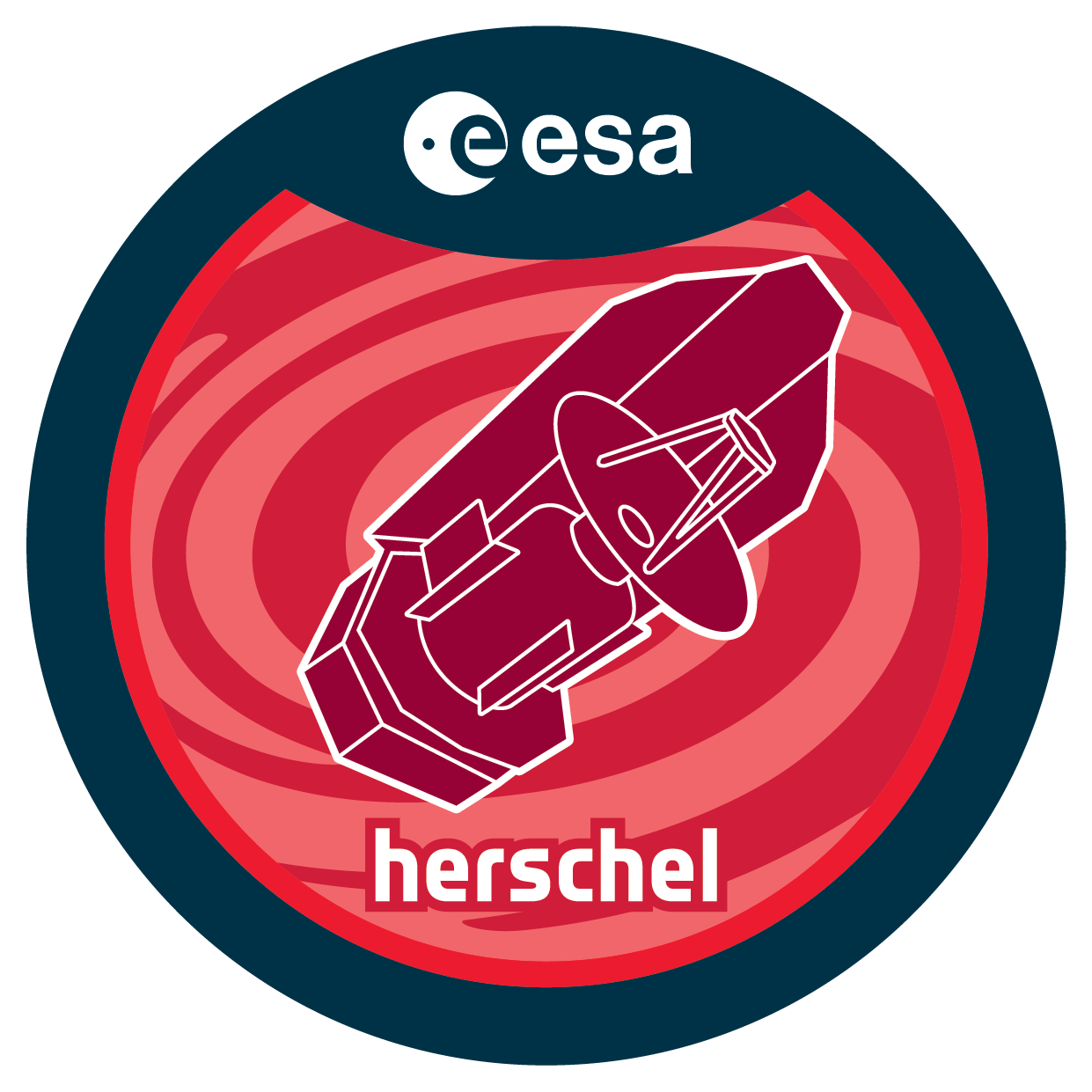

| Name | OT1_hmaness_1 |
| Title | Planets, Debris Disks, and the Lambda Bootis Stars |
| URL | http://archives.esac.esa.int/hsa/whsa-tap-server/data?retrieval_type=OBSERVATION&observation_id=1342223973&instrument_name=PACS&product_level=LEVEL0&compress=true |
| DOI | https://doi.org/10.5270/esa-ucnmwg7 |
| Author | maness, h. |
| Description | We propose to explore the link between lambda Bootis stars, debrisdisks, and planetesimal formation and evolution. The lambda Boo starsare a rare type of peculiar A star (2%), which are Population 1 andmetal poor. Planet bearing systems and debris disk stars appearunusually well represented in the lambda Boo class: for example, betaPic, Vega, and HR 8799 are all lambda Boo candidates.A small sample of 14 lambda Boo stars observed by Spitzer suggests anoccurrence of infrared excess approaching 100%. Only two lambda Boostars are included in the DEBRIS/DUNES Herschel key program debrisdisk surveys. We will use PACS/Herschel to make sensitive,high-resolution maps of 27 new lambda Boo stars. Like DEBRIS/DUNES,we will reach the stellar photosphere for all targets, enabling ameasurement of the true rate of excess infrared emission among lambdaBoo stars compared to normal A stars.The depletion pattern of heavy elements in the atmospheres of lambdaBoo stars suggests they may have accreted gas from which dust grainshave condensed and been removed: this gas may be circumstellar gasthat has formed planetesimals or dusty interstellar gas. While thecircumstellar disk scenario predicts sizes of a few hundred AU, thecloud accretion scenario predicts 1000-2000 AU bow structures orientedin the direction of the relative motion of the cloud and star. Withtarget distances of < 140 pc, these bow structures are expected to beresolved for all targets. These will be the first mid-infraredobservations of lambda Boo stars outside of the low density LocalBubble: if interstellar medium interactions dominate the lambda Boophenomenon then systematic variations in excess strength andmorphology may occur with distance. |
| Publication |
|
| Instrument | PACS_PacsPhoto_largeScan |
| Temporal Coverage | 2011-07-11T23:46:31Z/2012-03-20T19:22:42Z |
| Version | SPG v14.2.0 |
| Mission Description | Herschel was launched on 14 May 2009! It is the fourth cornerstone mission in the ESA science programme. With a 3.5 m Cassegrain telescope it is the largest space telescope ever launched. It is performing photometry and spectroscopy in approximately the 55-671 µm range, bridging the gap between earlier infrared space missions and groundbased facilities. |
| Creator Contact | https://support.cosmos.esa.int/h®erschel/ |
| Date Published | 2012-09-20T18:21:42Z |
| Last Update | 2025-01-24 |
| Keywords | Herschel, HSC, submillimetre, far-infrared, HIFI, PACS, SPIRE |
| Publisher And Registrant | European Space Agency |
| Credit Guidelines | European Space Agency, maness et al., 2012, 'Planets, Debris Disks, and the Lambda Bootis Stars', SPG v14.2.0, European Space Agency, https://doi.org/10.5270/esa-ucnmwg7 |